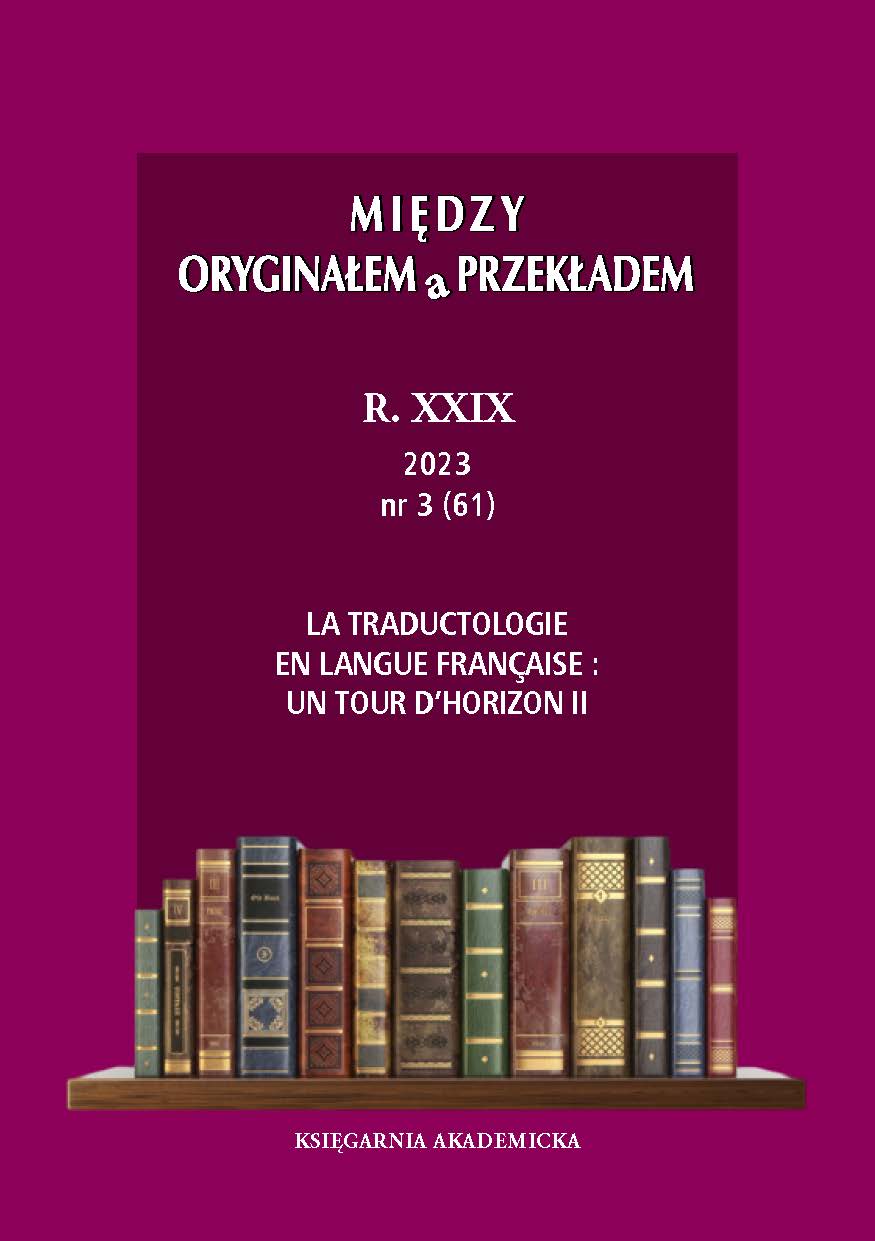La Théorie Interprétative de la Traduction – son influence dans le monde
INTERPRETIVE THEORY OF TRANSLATION – ITS INFLUENCE IN THE WORLD
Author(s): Mariane LedererSubject(s): Translation Studies
Published by: KSIĘGARNIA AKADEMICKA Sp. z o.o.
Keywords: Interpretive Theory of Translation; interpreting; comprehension; deverbalization; reformulation
Summary/Abstract: The history of the Interpretive Theory of Translation (ITT), which began in 1968, is closely linked to Danica Seleskovitch. Under her guidance, ITT developed in two directions: research and teaching. The researchers’ interest focused on the process, studied first on conference interpretation and later on translation. Their research, later validated by psycholinguistics and cognitive science, subdivided the translation process into three stages: comprehension – deverbalization – reexpression, with deverbalization representing a departure from the linguistic theories of the time. Deverbalization is, however, an essential cognitive mechanism of any intralingual communication. The doctorate in translation studies (1974) broadened and enriche research on numerous language pairs and various text genres. The pedagogy applied at the École Supérieure d’Interprètes et de Traducteurs (ESIT) based on the principles of ITT was recognized by the European Commission and used as the basis for the European Masters in Conference Interpreting. ESIT’s many foreign students and doctors spread the theory worldwide for teaching and research. ITT’s major works have been translated into several languages.
Journal: Między Oryginałem a Przekładem
- Issue Year: 2023
- Issue No: 61
- Page Range: 29-49
- Page Count: 21
- Language: French

